Marketing automation.
Despite the term, the actual marketing automation process consists mainly of manual work.
Paradoxically, the more personalized you aim your marketing automation to be - that is the more individually targeted and hence delivering better performance – the more the manual labor part intensifies.
With AI-enhanced automation your contacts are no longer treated as segments or personas but as individuals, with individual interests, needs, and wants.
Every action, every activity is executed based on an individual’s behavior. Predictive analytics is used to – well, predict – individual’s behavior and to send the optimal message at the optimal time via the optimal channel to every individual.
It’s what we call creating a segment of one.
When AI is integrated into your marketing automation solution, here’s what happens to your workflows:




